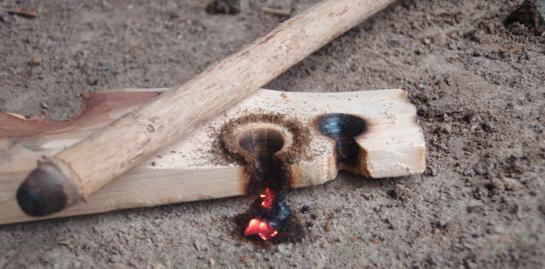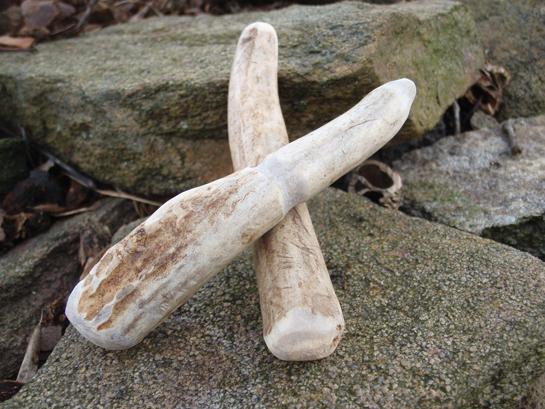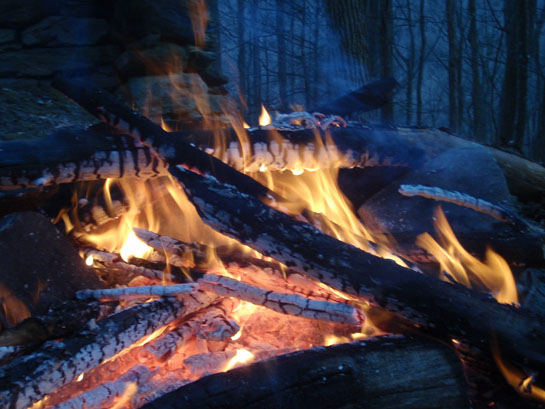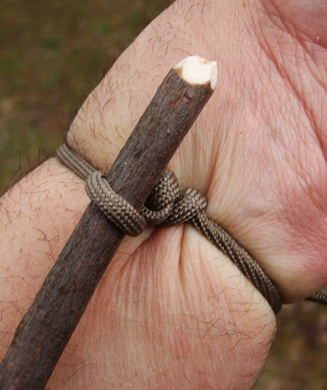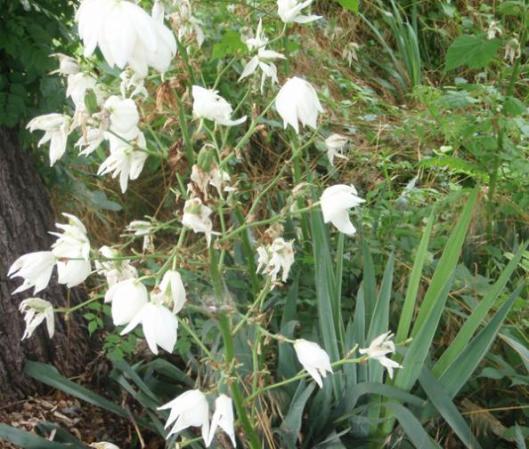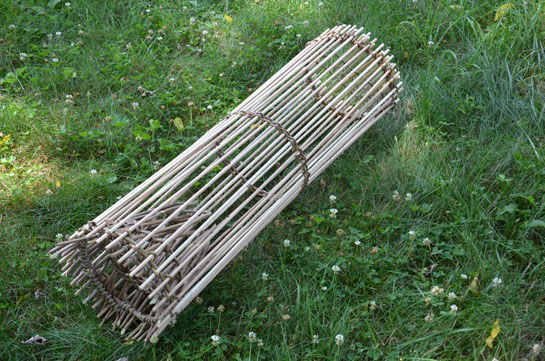Being a huge fan of friction fire building, I always want to see others succeed as I have over the years. No, you don’t get a fire every time you try, but I’d like to think we can learn something new every time we fail. I often hear from others that they think friction fire is impossibly difficult. I’m here to tell you that it doesn’t have to be. Let’s look at three areas where you can improve your friction fire building skills, and make this process a lot less difficult.
The Cord
The very first thing that trips up most people is the cord. In some cases, they are completely defeated before the bow even makes its first stroke. With 550 cord being so popular in survival circles, it’s a natural choice for the bow and drill cord–but consider its design. It was engineered to be strong, and that’s a good thing. But it was also engineered to be thin and slippery for use in parachuting. It’s these characteristics that cause friction fire builders to stumble. If the cord can’t grip the drill, it cannot spin the drill. The ideal cord for your bow should be thicker, with better gripping power. Try 3/16-inch or even ¼-inch braided rope. If you don’t have that on hand, double your 550 cord and put a twist on it. Failing that, you could borrow an ancient technique from the Arctic, and wrap your cord wrap 2 or 3 times around the drill. This will double or triple your traction, and put a stop to the slipping that steals your energy.
The Notch
Most dependable friction fire methods involve a notch to collect the dust. The global favorite is a triangular shaped notch that is cleanly cut through the board, typically cut at a 45-degree angle. This works fine for most materials, but there are exceptions. Woods that produce a coarse, black, splintery dust will often make fire more dependably if you change the shape of the notch. Forget the V-shaped pie piece, and cut a trapezoidal notch–one that is squared off in the back. This will pack the loose dust more tightly together, and keep it in the notch longer, allowing it to heat up to a higher temperature.
The Drill
Need an ace up your sleeve in wet or frigid weather? Try a hollow-point drill. This is a simple modification that can resolve several issues. The main benefit of this technique is that it amplifies the downward pressure of the drill by reducing the surface area in contact with the board. In essence, it’s like you’re pushing down harder, without having to do so. This is a big help when fatigue, lack of strength, and injury are affecting your performance. Simply drill out the tip of your bow drill with the tip of your knife blade, and use the drill as you normally would.
Got any good friction-fire building tips? Let us hear them in the comments.
